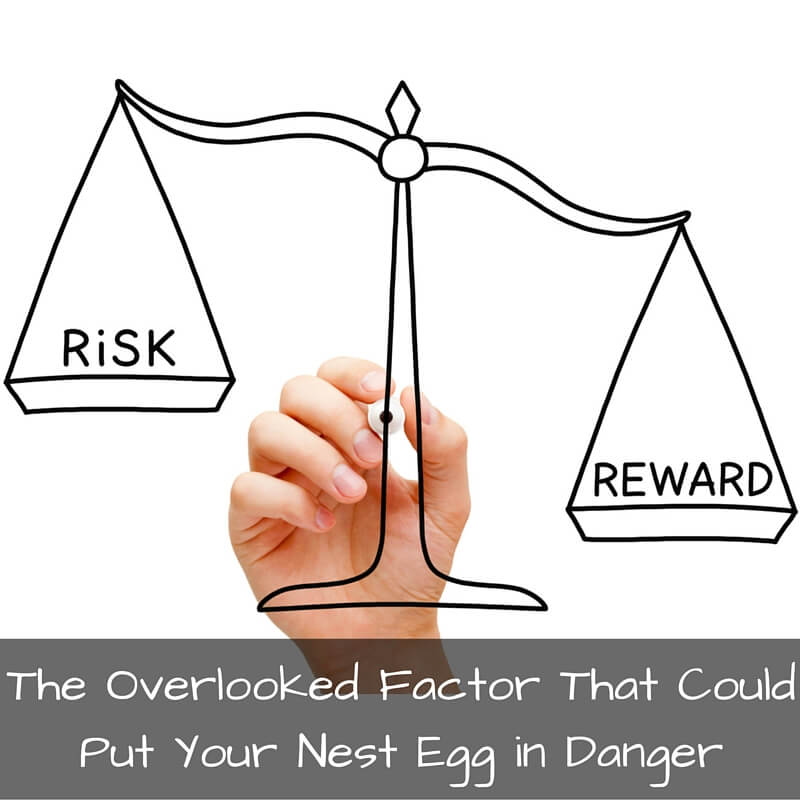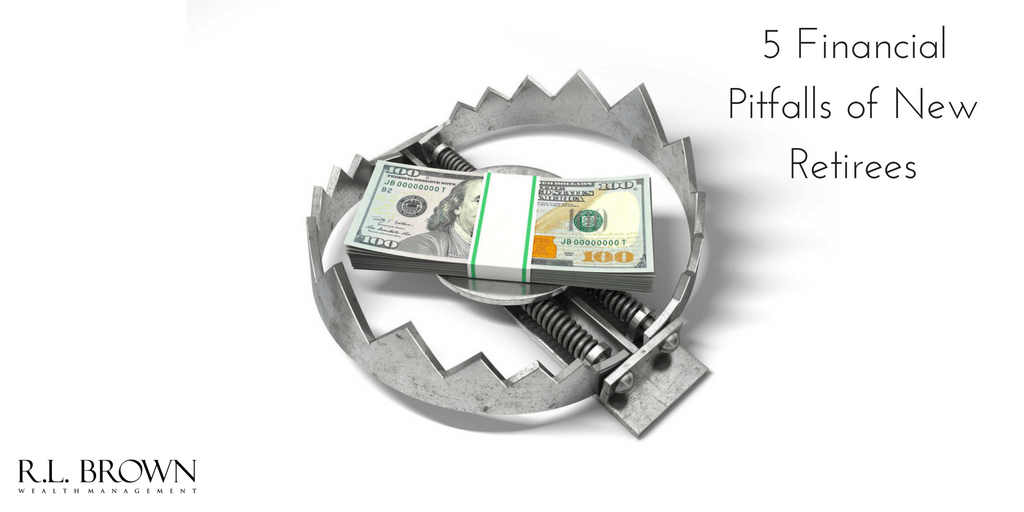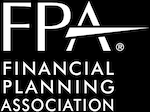As you look toward your golden years, it’s important to also take a good look at your checking account. It may be surprising that of the biggest mistakes of pre-retirees is keeping too much money in such non-interest bearing places. Are you one of them? Perhaps you’re concerned about keeping a certain amount of cash in liquid form “just in case” you should need it at some point.
But remember that substantial amounts of money sitting around in checking accounts is money that could be instead accumulating a larger nest egg. For quite some time, there was a general notion that one should keep 20-25% of his or her retirement portfolio in cash. But with banks and brokerage firms currently paying around just 0.01% interest in cash accounts, the the more you keep in such places, the less purchasing power you have.
CDs and Treasuries may be slightly better options to store your money, but not by much. The current best rate for a one-year CD is about 1.15% according to a recent Investor Place article, while the one-year Treasury yield is hovering around 0.22%.
Depending on how you look at it, it almost seems as if pre-retirees are punished for keeping cash. With this in mind, it’s time to update where and how you hold your cash so you can start making more of your money work in your favor.
Following are some practical ways you can make that happen, as well as the risks you should be prepared to take:
Hold 30% of your retirement portfolio in safe, liquid, short-term instruments that pay higher yields.
If you’re nearing retirement age, you want to risk as little as possible in the market in order to reach your income goals while continuing to grow your nest egg. Talk to a financial professional about some safe options for a portion of your portfolio that will yield considerably more than bank or brokerage cash accounts.
Be Aware of the Risks
Following are a few investment risks of which you should be aware when making cash-like investments:
- Beta
This term represents the share price of an investment as it relates to the market, commonly illustrated by the S&P 500 index. Beta portrays the relationship between the investment and the market over a specific period of time.
Ideally, you want a low beta number when it comes to your cash-like holdings in retirement planning. For instance, a beta of 0.001 means your investment is moving nearly independently from the market and it has a low level of risk, and is therefore is not largely affected by interest rate fluctuations.
- Duration
Duration refers to the sensitivity of a fund’s share price in relation to interest rate changes. In light of the current low interest rates, your goal should be to also obtain the lowest possible duration you can find. Ideally, it will be less than 1.
- Default
This is the risk of lending money to a company that fails to pay it back in full. In order to earn a higher yield, you’re required to assume a certain level of this type of risk. But there are a couple ways to keep it at a minimum:
- Examine a fund’s holdings, including the industries in which they’re involved and the quantity and quality of debt they carry.
- Invest in a highly diversified, low-cost fund so one setback won’t put a substantial dent in your retirement savings.
Bottom line: If you’re willing to do some research (or ask a financial professional to do it for you), you’ll find low-risk, cash-like investments do exist for retirees that want to grow their savings without putting their nest egg in danger. Stop fearing the risk involved in putting more of your money to work.







